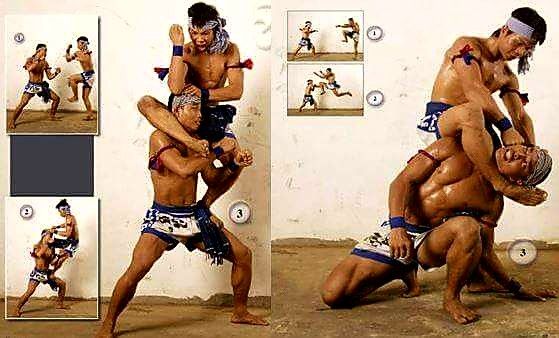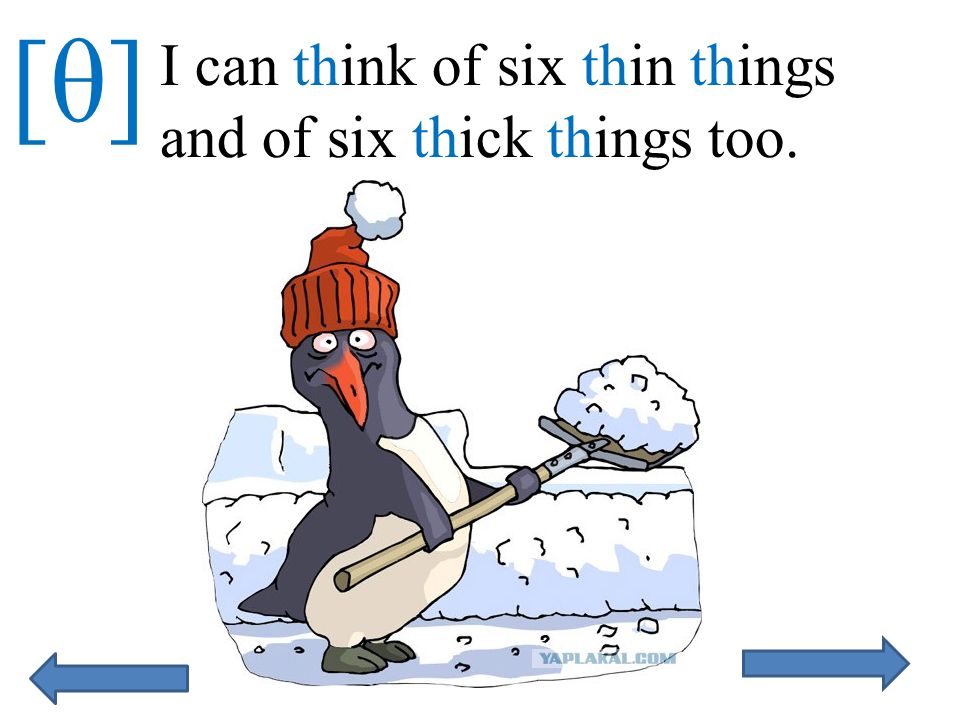Unfair fighting techniques
7 tactics of unfair fighting
As confident communicators, we know that the purpose of communication is to connect with ourselves and others. Tough to do when we’re in a fight. And because nothing will end dialogue faster than unfair fighting, today's Daily Tip explores the question: how can we fight fair?
Dangerous assumptions
According to Dr. Matthew McKay, unfair fighting is the loud, bitter, harmful, unproductive, and sometimes violent kind of fighting -- the result of some combination of three dangerous assumptions:
1. Conflict is bad
2. One person’s needs are more important than another’s
3. Only one can win
Before we move on: ask yourself what is your mind thinking about this?
7 tactics of unfair fighting
When we start from the above assumptions, even unconsciously, we engage in unfair fighting tactics, such as:
- Bad timing is when one person forces their agenda on the other before that person is ready.
E.g.: You’re on your way out the door for work, and your S.O. insists you make a decision about tonight’s plans.
- Blaming comes from the dangerous assumption that “I’m right and you’re wrong,” which causes you to blame the other person for the problem, name-calling, accusing, exaggerating, bridging up the past, etc. E.g.: “What do you mean you ‘forgot’ to mail in the application? Even you’re not THAT disorganized!”
- Too many issues is when you drag up issue after issue to support how good you are and how bad the other person is. E.g.: You’re fighting about what time to leave for dinner, and by some weird twist of logic, you end up attacking your partner’s family’s politics and reluctance to walk the dog.
- Covering other feelings with anger is when anger is the only emotion expressed, to the point where it drowns out fear, sadness, guilt, envy, disappointment, etc. E.g.: Claudia tells Carl she’s going to the city for a weekend with her girlfriends.
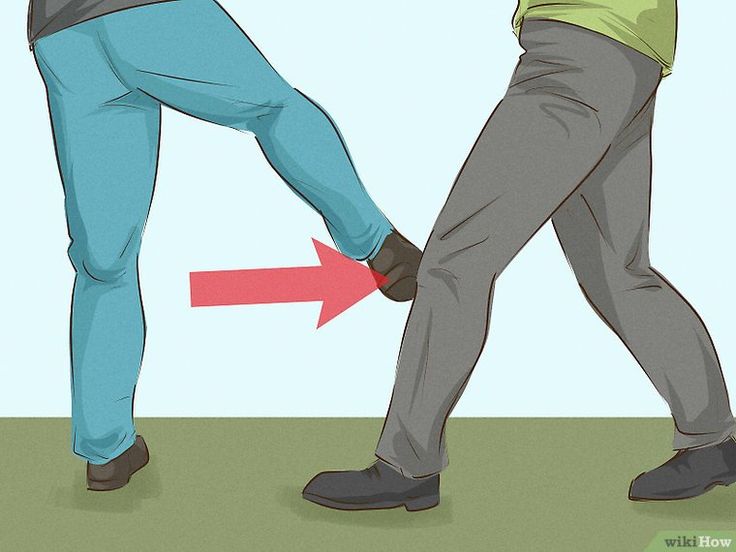 He’s jealous, hurt, and envious, but he communicates this with an angry outburst about her selfishness and irresponsibility.
He’s jealous, hurt, and envious, but he communicates this with an angry outburst about her selfishness and irresponsibility. - Impossible demands are vague, abstract demands like “be more considerate” or “stop being so picky!” They’re impossible to fulfill because we’re asking the other person to read our minds and determine if what they’re about to do is sufficient to meet our needs.
- Threats and ultimatums often backup impossible demands or are sometimes empty threats. E.g.: “If you don’t put that phone away at the table, I’m going to throw it out the window!” “If you don’t make this change to the contract, I’ll withdraw my support.” “If you don’t behave, I’m going to have to punish you.”
- Escalation is when a quiet disagreement becomes a loud argument. E.g.: Aditi forgot to meet Hakeem for lunch, again. He lectures her to “get her act together,” she gets defensive, and before you know it, he’s raised his voice and is pacing around.
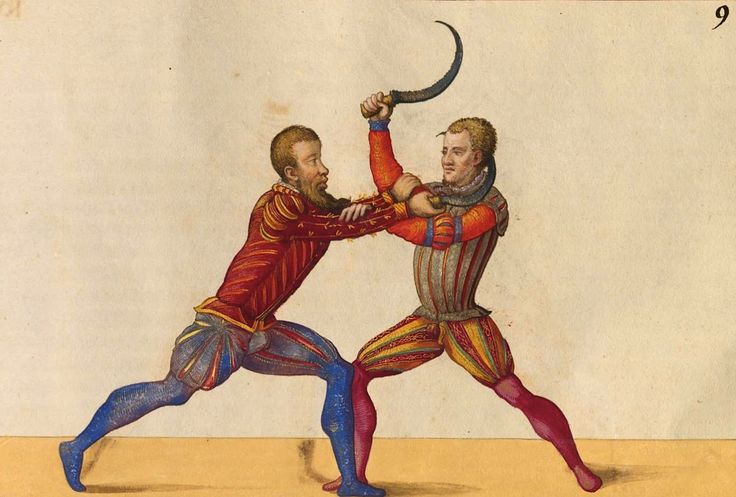
Unhappy endings
All of these unfair fighting tactics lead to unhappy endings -- violence, withdrawal, tears, and apologies. In fact, unfair fights don’t really end at all. They’re just temporary cease-fires until the next round.
Hakeem, for example, came around that evening with flowers and an apology, resolving to “be more patient” and “control his temper.” Until next time.
We can choose the tactics to use during fights. Tomorrow’s Daily Tip will explore the rules of Fair Fighting, which can keep us in open dialogue long enough to reach a mutual agreement.
Adapted from Messages: The Communications Skills Book, by Matthew McKay PhD, et. al.
Subscribe to the Daily 2 Minute Communication Tip
No spam, but we will tell you about upcoming workshops.
Needing to Win — Ten Mean Fighting Strategies
Source: Roman Kosolapov/Shutterstock
All intimate partners have conflict from time to time.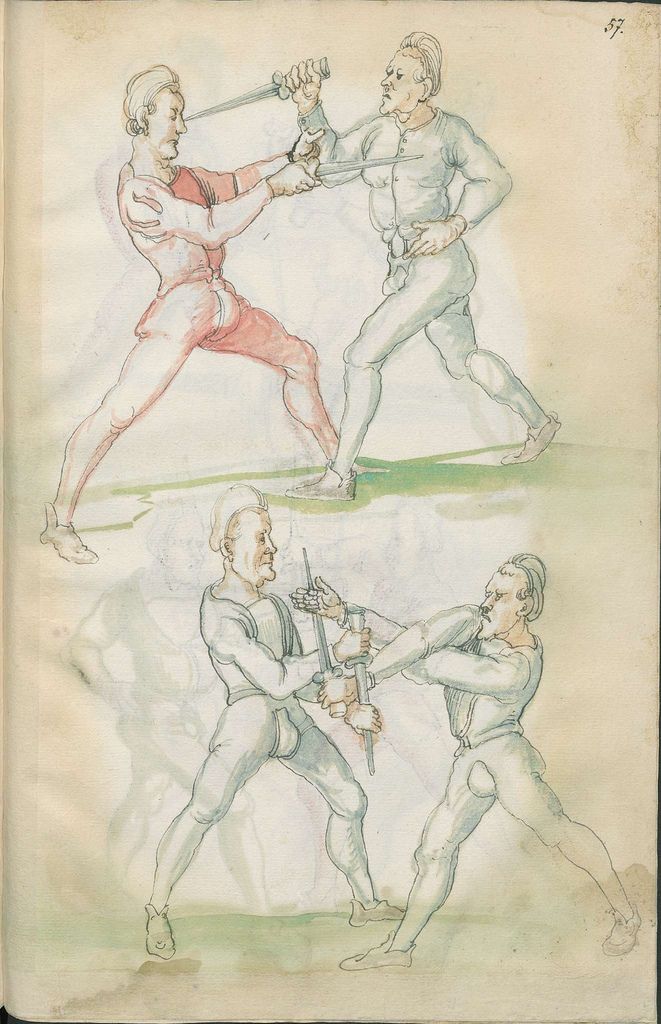 When people blend their lives together, they are bound to see some situations differently and need to resolve those differences. Disagreements are stressful for everyone and, depending on how partners treat each other during conflicts, they will either bring a couple closer together or increase the emotional distance between them.
When people blend their lives together, they are bound to see some situations differently and need to resolve those differences. Disagreements are stressful for everyone and, depending on how partners treat each other during conflicts, they will either bring a couple closer together or increase the emotional distance between them.
Disputes that lead to greater understanding and new perspectives can actually increase excitement and continuing discovery in a committed relationship. Romantic partners who have learned how to argue productively while maintaining respect for each other can create a new emotional universe that neither could have created alone.
In contrast, many partners fight in ways that consistently hurt their relationship. One or both become need-to-win combatants, establishing a superior position at the expense of their partner’s. As disagreements escalate, they use any behaviors and strategies they can muster to win the argument. The result of these adversarial styles is often mutual isolation, unresolved anger, and painful wounds.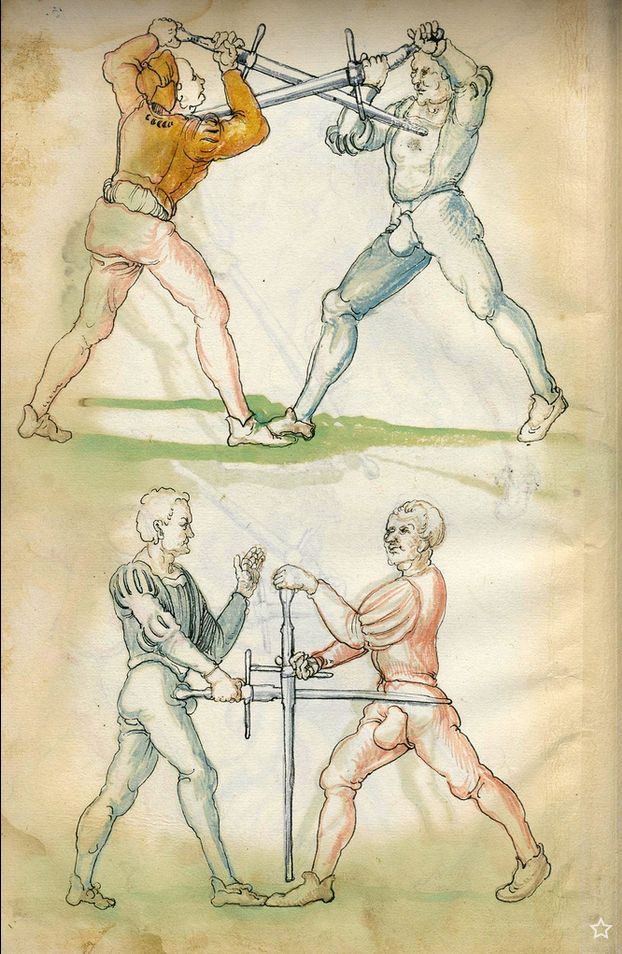
Need-to-win fighting styles are often unconscious behaviors learned in childhood that continue in subsequent relationships. Many are not even aware of when or where they learned to fight this way, or why they continue to do so. They can easily see that they are having difficulty resolving their disputes, but they have not connected their need-to-win fighting style with their lack of successful outcomes.
In the four decades I’ve worked with couples in relationship distress, I have witnessed this destructive fighting style in many forms, but 10 appear most often. When I point these out to couples as I see them emerge in their interactions, they are often surprised to see that the way they fight is the actual reason they fail to resolve their disagreements. When they understand that a different way of handling disputes can turn them from combatants to an effective debate team, they are often enthusiastic to learn how. And as they become a mutually supportive team, they begin to come up with innovative solutions to problems they had never been able to resolve.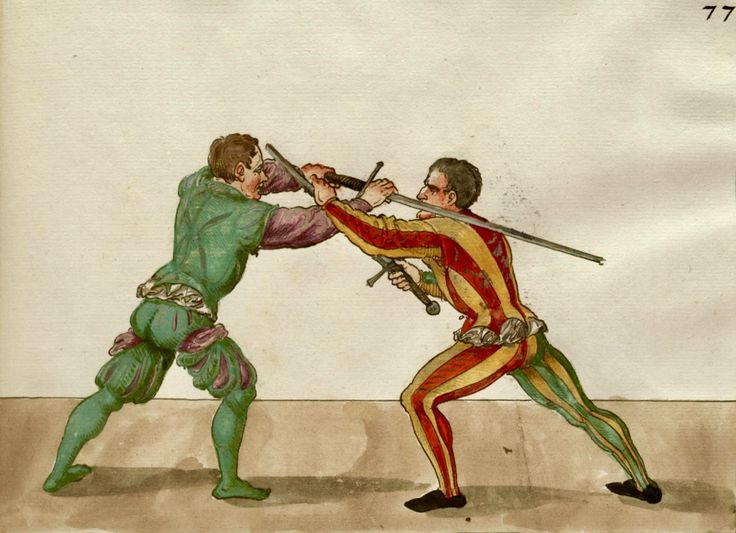
The 10 Most Common Need-to-Win Fighting Styles
1. The Silent Treatment
Often accompanied by crossed arms and a supercilious expression, the silent treatment is one fighting style designed to get the other partner to expose his or her thoughts and feelings without doing so yourself. As the silent partner stays disconnected, the other’s distress tends to escalate, giving the winning edge to the one who stays hidden.
2. Invalidation
When feeling attacked or unnerved, many people fight back by challenging and devaluating any reasons the other partner has for feeling the way he or she does. These focused fighters often bring in other people’s confirmations of their own point of view to beef up their position, or go after the ways their partner has failed in the past. The goal is to create self-doubt in the other person.
3. Escalation
In most relationships, one partner tends to be more dominant, more able to be direct and stronger in the way he or she feels and thinks.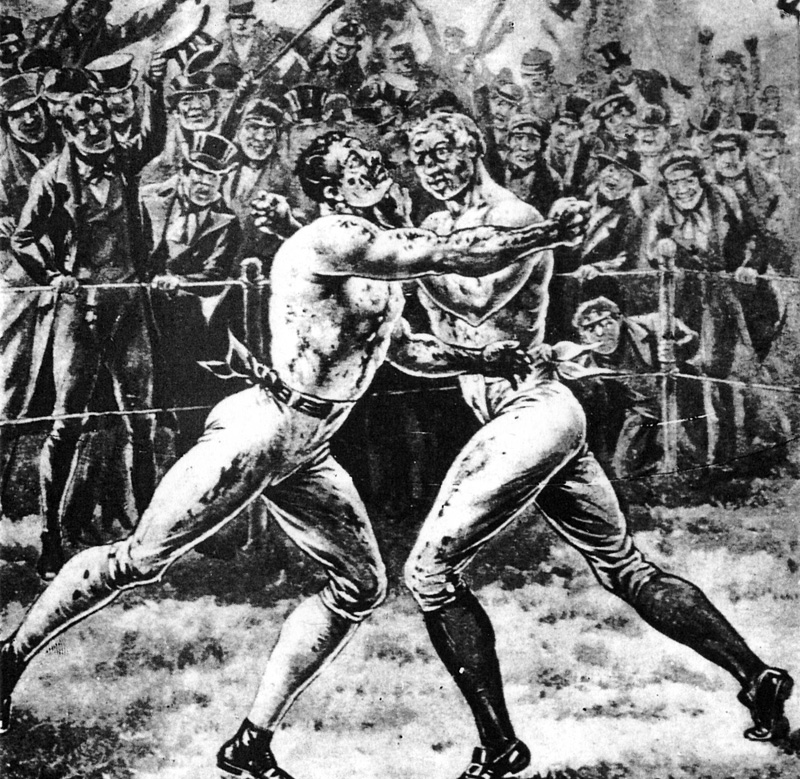 These people are often in relationships with partners who tend to be quieter, more methodical, and more reflective before they voice their opinions. When these couples argue, the need-to-win dominant partner is highly likely to use powerful and intense energy to escalate the argument into greater emotional intensity. The other partner’s ability to fight back is quickly overpowered.
These people are often in relationships with partners who tend to be quieter, more methodical, and more reflective before they voice their opinions. When these couples argue, the need-to-win dominant partner is highly likely to use powerful and intense energy to escalate the argument into greater emotional intensity. The other partner’s ability to fight back is quickly overpowered.
4. Piling on Other Issues
When need-to-win partners feel that they might be losing an argument, they often respond by diverting their opponents with other issues. They may do so by rehashing the past, talking about other problems, or trying to get the other partner to focus on his or her own flaws. The goal of bringing up additional issues is to confuse the one at hand by overloading the situation with past conflicts that are not pertinent at the time. When this strategy works, the other partner cannot stay on point and is unable to resolve the initial issue.
5. Character Assassination
When they feel cornered and losing, many need-to-win fighters resort to this effective but terribly destructive response.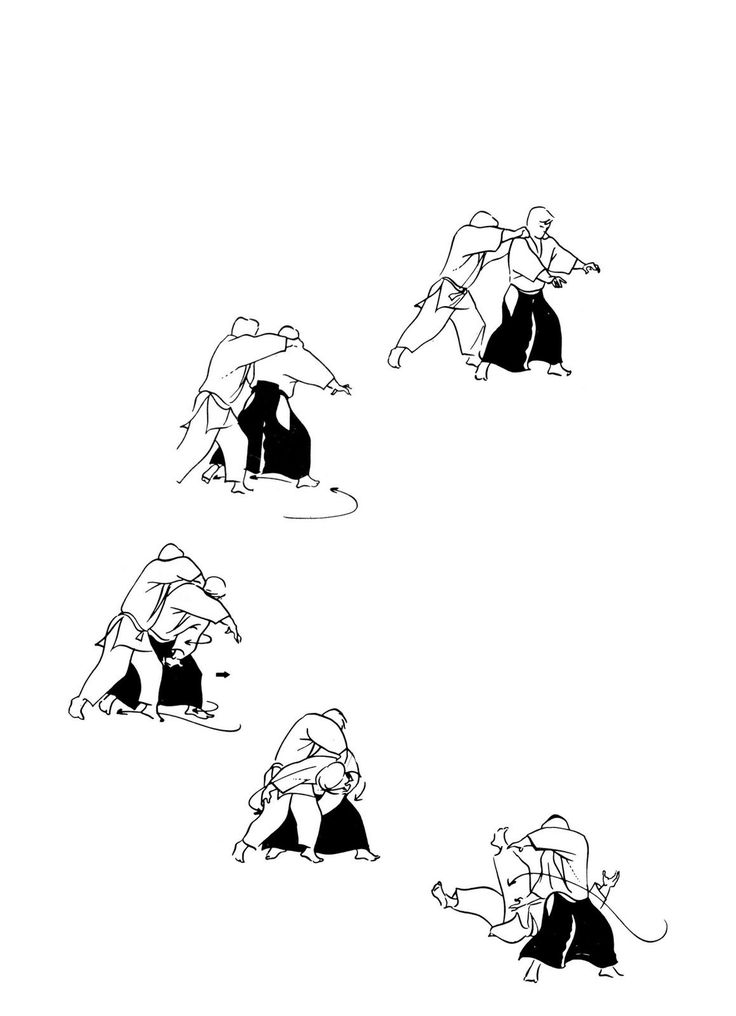 Instead of sticking to the situation at hand, they challenge the other partner as to how he or she is basically flawed in some way, using every example they can to drive home their point. They attempt to convince the other partner that their core personality deficits make them unworthy of challenging the issue at hand, or any other issue. The response of the accused is usually feeling as if he or she is on a symbolic witness stand, defending those painful devaluing judgments.
Instead of sticking to the situation at hand, they challenge the other partner as to how he or she is basically flawed in some way, using every example they can to drive home their point. They attempt to convince the other partner that their core personality deficits make them unworthy of challenging the issue at hand, or any other issue. The response of the accused is usually feeling as if he or she is on a symbolic witness stand, defending those painful devaluing judgments.
6. Arguing From a Distance
The farther away partners are from each other during a conflict, the easier it is for either of them to hurl accusations and insults without feeling responsible for the effect on the other. The distance also allows the need-to-win partner who claims it to more easily assess the weakness of the other, and to take a more protected stance. It also can alleviate guilt, because the intimacy of closeness is diluted and responsibility for causing pain is easier to ignore.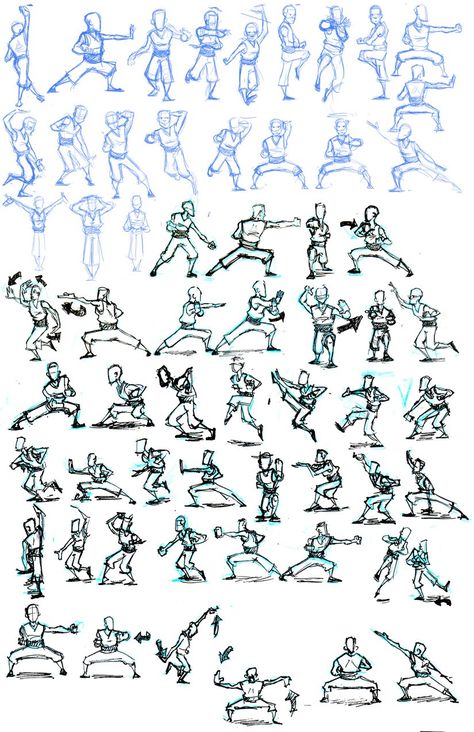
7. Hitting Below the Belt
During any disagreement, partners who care for each other know what they can use in an argument and what they should never say no matter how heated the conflict becomes. They trust each other to never use the special knowledge they have of each other’s deepest vulnerabilities to win an argument. The most serious and relationship-destructive conflicts occur when one or both partners break that trust by using the information they know about the other to gain an unfair advantage in a confrontation.
8. Martyrdom
An insidious but often effective strategy to win a fight is to begin beating oneself up on the other end of any accusation or challenge, and then blaming the other partner for the exaggerated self-destruction. These kinds of fighters act as if the other’s accusations were much worse than they were intended in order to make the attacking partner feel guilty and then back down.
9. Intimidation
In any committed relationship, threats of abandonment, exile, and escalated aggressiveness are needing-to-win fighting styles that are intended to make the other partner feel insecure and fearful of loss.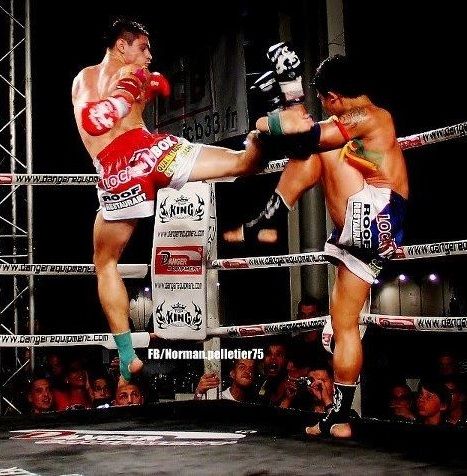 The goal is to use that response to have him or her focus on what could be lost if the fight continues.
The goal is to use that response to have him or her focus on what could be lost if the fight continues.
10. Feigned Indifference to Outcome
Whether they feel differently inside or not, partners who pretend they don’t care about whether they win or lose can actually win an argument by acting as if they are giving in without really agreeing. The other partners can feel the ruse and know that they have essentially been robbed of power or influence by the “playing dead” posture of the other.
Moving Forward, Together
None of these fighting styles will ever lead to productive resolution of conflict. Rather than listening, respecting, or being open to each other’s experience, partners will continue to see only their own positions and do whatever they can to wipe out the other’s reasonableness. The arguments that ensue from these battles create deepening grooves of resentment that become harder to overcome over time. Once these styles are identified and stopped, couples can begin to deal with conflict in more productive ways.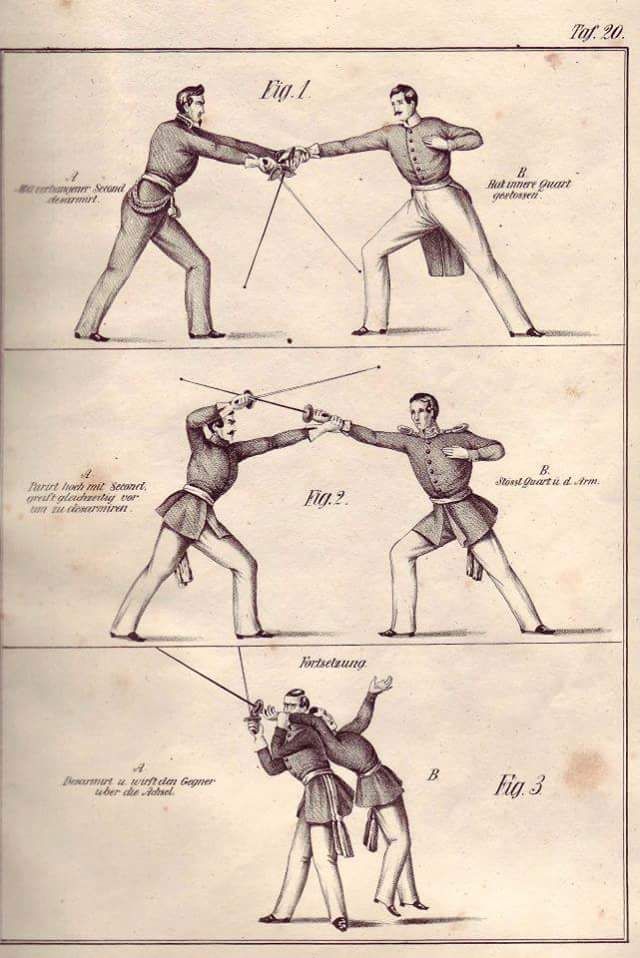 There are multiple sources available to help intimate partners learn how to fight productively. The following is a simple synthesis of the wealth of knowledge in this area.
There are multiple sources available to help intimate partners learn how to fight productively. The following is a simple synthesis of the wealth of knowledge in this area.
7 Simple Rules to Begin Changing Negative Conflict
1. Avoid arguing at all if you are tired, frustrated, or there isn’t enough time to adequately resolve the situation.
2. Sit close to one another, preferably physically touching in some way.
3. Listen completely to the other’s point of view. Support does not mean you have to see things the same way.
4. Argue only one issue at a time. If others get brought up, agree to talk about them separately and only after you resolve the one at hand.
5. Don’t add support to your position by using your partner's opinions or past arguments to bolster your argument.
6. Stop the conflict if either of you escalates the need to win.
7. If you cannot stop from employing a needing-to-win style when you disagree, seek out the support of a mutually respected professional or trusted witness to observe.
Following these guidelines may initially seem hard, but it gets easier over time. The compounding rewards encourage most couples to continue practicing them. Disagreements that are handled with mutual respect and support both enhance and strengthen the connection between the partners in committed relationships. My clients who have left a negative combat style behind and practiced this new way of conflict resolution not only have fewer conflicts and more successful results, but heal more rapidly when they do disagree.
My free advice e-newsletter, "Heroic Love," shows you how to avoid the common pitfalls that keep people from finding and keeping romantic love. Based on over 100,000 face-to-face hours counseling singles and couples over my 40-year career, you’ll learn how to zero in on the right partner, avoid the dreaded “honeymoon is over” phenomenon, and make sure your relationship never gets boring: www.heroiclove.com
Dirty tricks | Hand-to-hand combat
Dirty hand-to-hand combat techniques.
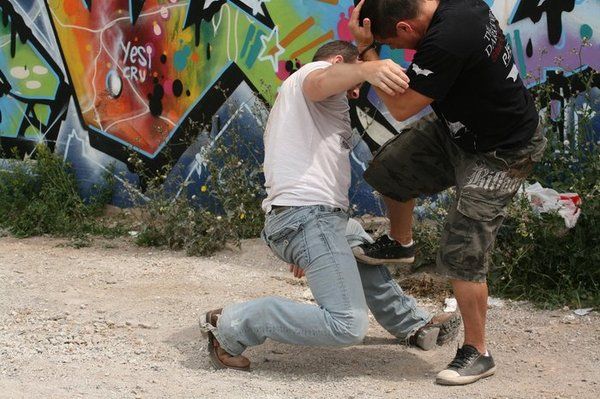 History of dirty fighting. The ethics of using dirty techniques in street and other conflicts. Dirty tricks in martial arts.
History of dirty fighting. The ethics of using dirty techniques in street and other conflicts. Dirty tricks in martial arts. , alas, from abominance and scum carrier mud
Superily, neither nature has
ointments, nor science of powder ...
In fact, what is called dirty techniques , is the most effective street fighting technique that brings undoubted success in any fight. Yes, it is unethical to hit in the groin, it is very immoral to twist the Adam's apple, turning a person into a cripple, but firstly, it is not at all necessary to always use such destructive techniques, and, secondly, in case of real danger, when it comes to life or health, your or your loved ones - any methods are good: that weapons, that deceit, that dirty tricks. While you are pretending to be a gentleman, you can easily be turned into “meat”, and if your wife and child are next to you, they will be abused.
Everything is used, including biting, especially if the judge cannot seeWhat are dirty fighting techniques
Dirty fighting techniques are hand-to-hand fighting techniques and techniques that go beyond the rules accepted in a particular society or community , decency and code of conduct, these are unlawful, forbidden methods of warfare.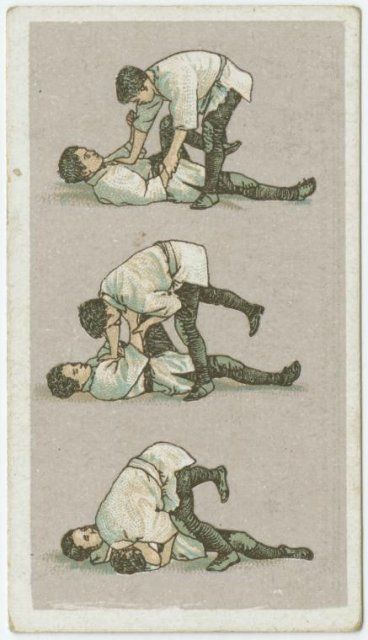 However, the same technique can be clean (“according to the rules”) and dirty in different cases. For example, an elbow to the head - quite a clean move in Thai boxing - qualifies as a dirty, illegal hold in regular, English boxing. Therefore, the concept of dirty blows is very, very conditional.
However, the same technique can be clean (“according to the rules”) and dirty in different cases. For example, an elbow to the head - quite a clean move in Thai boxing - qualifies as a dirty, illegal hold in regular, English boxing. Therefore, the concept of dirty blows is very, very conditional.
In a street fight, or in a war, dirty tricks simply do not exist, simply because both war and fight, in themselves, are already actions that violate any rules and laws of the prosperous existence of a human individual and human society, and therefore are a priori immoral .
Dirty tricks in history
The first monkey, who hit an insolent opponent with a stick while dividing the prey, most likely also looked immoral in his eyes. Well, of course: always, whoever shouted the loudest and grinned his teeth, received a large share - and here a stick is dishonest! Let it be immoral - but the one who first raised a stick on a fellow tribesman - got the best piece, the best woman, the best social position in the tribe, and it is part of his blood that flows in our veins, and not the one who got a stick on the head .
Samurai Miyamoto Musashi's book "The Book of Five Rings", written in the 17th century, which is mainly devoted to the strategy and technique of sword fighting, consists of 90 percent descriptions of tricks, dodges and creating the effect of surprise. Those who imagine samurai as warriors fighting according to some kind of knightly code of honor - do not hit in the groin, do not poke fingers in the eyes, after reading this book will have to be disappointed - according to the ideas of that time, the samurai differs from an ordinary person in that he is obliged not just to defend, but to win, and it doesn’t matter in what way: the sooner, the better. The code of honor of the samurai is something else - it concerned rather his behavior in ordinary life. In battle, everything was allowed.
Technique of capturing the opponent's scrotum from the treatise "Bubishi" The history of martial arts itself begins with the use of dirty, immoral tricks that allow you to get a quick victory over the enemy.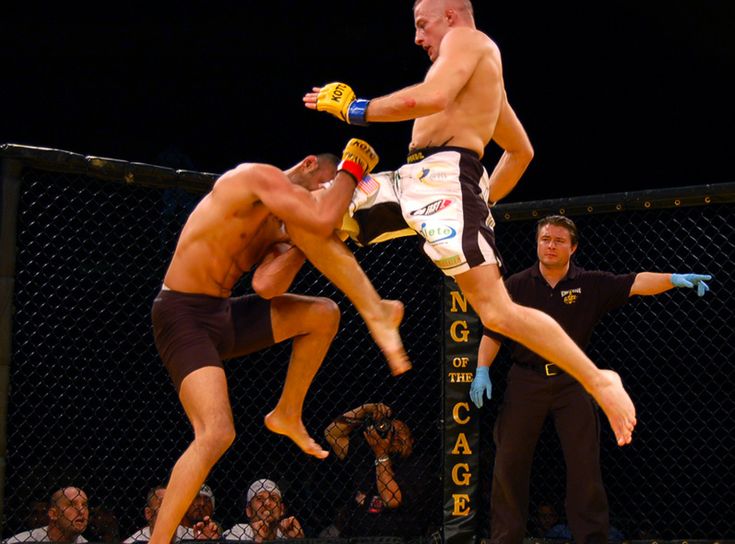 In the ancient illustrated Chinese treatise "Bubishi", describing one of the first known techniques of the White Crane and Arhat hand-to-hand combat school, there is a description of several completely unethical methods of hand-to-hand combat: behind.
In the ancient illustrated Chinese treatise "Bubishi", describing one of the first known techniques of the White Crane and Arhat hand-to-hand combat school, there is a description of several completely unethical methods of hand-to-hand combat: behind.
Note: "Bubishi"/"Bubishi" is a treatise on hand-to-hand combat that appeared in Okinawa in the 19th century, written in Wynyan Old Chinese. "Bu" - warrior, "Bi" - knowledge, "Shi" - "spirit". The authorship and time of creation of this work is unknown. One hypothesis suggests that the book was written in the southern Chinese province of Fujian in the 17th century and brought to Okinawa by Chinese settlers. The publication contains 32 articles, each of which is an absolutely unique "secret" material. The uniqueness of this publication lies in the fact that, firstly, it is the first illustrated hand-to-hand combat encyclopedia, in which the technique of movements during combat is shown for the first time in drawings.This is perhaps the first book on which you can really learn martial arts thanks to very detailed, almost frame-by-frame illustrations of techniques and strikes. Secondly, 5 out of 32 articles are devoted to the "secret" immoral techniques of Ikken Hisattsu (one hit - death) - the holy of holies of martial arts - "death touch".
Martial, deadly techniques in oriental kata
Before the advent of "Bubishi", a similar technique - the technique of immoral, deadly techniques was closed to the uninitiated - all movements were coded in kata . Without an initiate sensei who could reveal the secrets of these movements, it was simply impossible to learn the deadly technique, no matter how much you repeat kata .
Kata classes in the Imperial Japanese Army. The estimated date of the photograph is 1945
Reference : Kata (jap. 型 or 形) is a formalized set of movements, is one of the main matrices for transmitting information about the system and methods of self-defense used in a particular school of martial arts.
The analysis of such kata codes is called Bunkai (Bunkai) (Jap. 分解 "analysis"). Literally: "bun" - to divide into parts, "kai" - to explain. Bunkai is already a combat application of movements in kata. Formally, each individual bunkai is a bundle of 2-4 different elements of kata (for example, block-punch-throw-grab), each of which refers to a specific technique:
- Atemi waza - striking technique;
- Kyushojutsu - technique of influencing pain points;
- Nage waza - throwing technique;
- Tuite - gripping and squeezing technique;
- Kansetsu waza - technique of pain control and creases.
But bunkai is not just a bunch of fighting moves. The complex meaning of meaning bunkai includes the connection of techniques, combat tactics and self-defense psychology (goshin - yap, self-defense) during the fight (jissen). Simply put - the use of a set of skills (technical, tactical, psychological) in practice.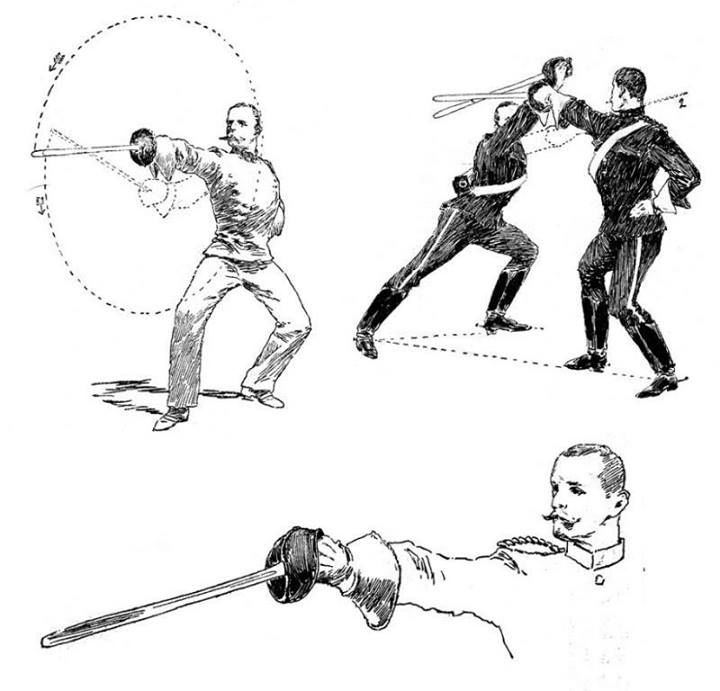
The traditional study of bunkai in kata provides for three main directions:
- interpretation of combat methods and techniques;
- control over the psychological state and vitality;
- stimulation of one's own vital points and a negative effect on the opponent's vital points.
Oriental martial arts developed as a way of self-defense, used in case of a threat to life, unlike Western martial arts, which take their history, all the same, rather, from spectacular events cultivated for the amusement of the crowd, such as boxing or classical wrestling . Both boxing and classical wrestling initially had a lot of rules, albeit not as tough as they are now, even at the stage of their formation. Even in ancient Rome and ancient Greece, competitions in fisticuffs and wrestling were cultivated.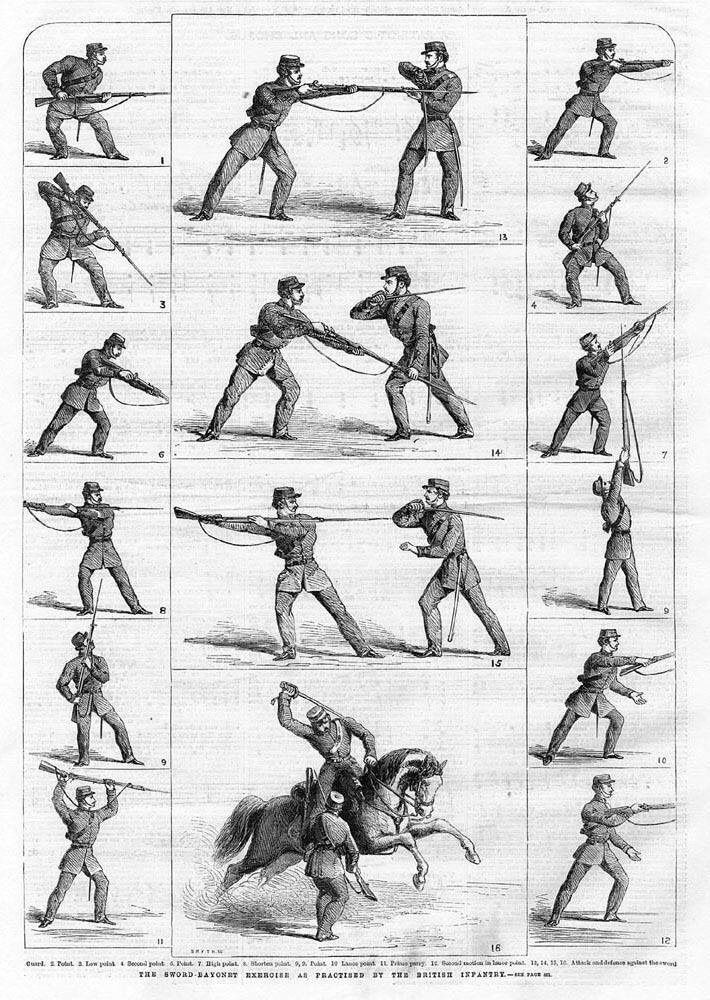 They were cruel, but they always had some rules and restrictions.
They were cruel, but they always had some rules and restrictions.
There were no rules in the East, The enemy you had to fight was dangerous and most often armed. It was about life or death, and not at all about who beat whom. Your opponent is almost always: either a heavily armed samurai, or a government official with a bunch of armed guards, or a robber. Any conflict with such an adversary ended, if not with instant death, then with fatal injury. In the old days, martial artists thought not so much about spectacular techniques, but about simple techniques and movements that would be as unexpected and crushing for the opponent as possible. 99% of surprise tricks are mean, dirty tricks. Therefore, the skill was honed on such a dirty fighting technique. Only she could ensure a guaranteed victory.
The conflict with the samurai could have only one solution - the death of one of the parties - so no one was worried about the cleanliness of the battle .... Through many years of training, hand-to-hand combat masters achieved that the techniques used by them possessed incredible deadly power.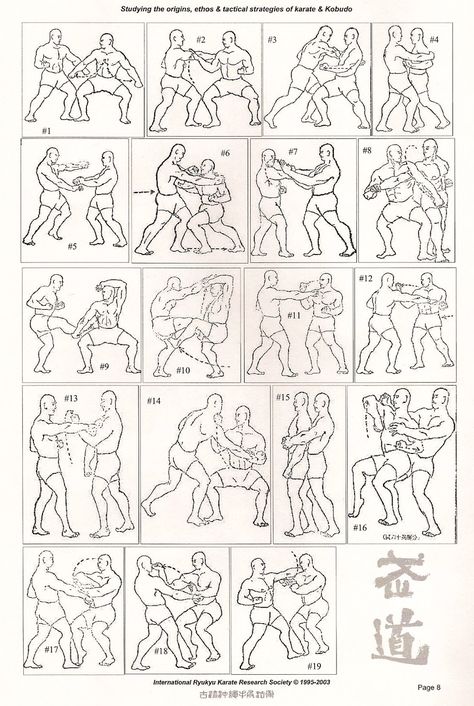 This phenomenon is inherent in any oriental art of self-defense. It manifested itself in the actions of real masters, but these actions themselves were inconceivable without special inner strength (ki) - it was achieved through discipline and persistent, many years of repetition of elements of technology (kiso kihon).
This phenomenon is inherent in any oriental art of self-defense. It manifested itself in the actions of real masters, but these actions themselves were inconceivable without special inner strength (ki) - it was achieved through discipline and persistent, many years of repetition of elements of technology (kiso kihon).
Dirty tricks in sports
Combat sports such as sumo, wrestling, fencing, boxing, and many others often use dirty tricks.
Modern professional boxing is generally the king in the sport of using dirty tricks. One of the dirtiest fighters in professional boxing, Fritz Zivik, described some of the stars of professional boxing this way:

Video: Forty low blows in the fight Salido against Vasily Lomachenko
The classic dirty punch in boxing is that when you hit with a glove, the fighter seems to miss the target with his fist, the blow goes wide, the arm bends a little, and while the fist flies further, the elbow cuts into the opponent's head, neck, or body.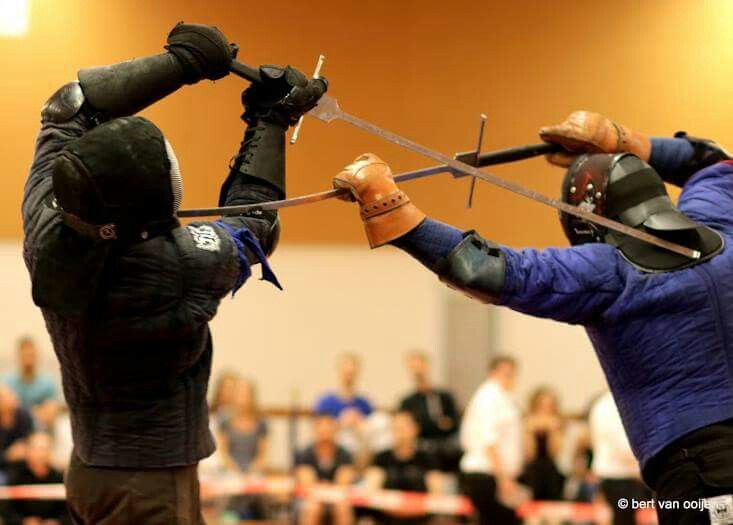 Moreover, the blow does not have to be a hook or swing, but this can be done with an ordinary direct blow. The main thing in this is to imitate extreme fatigue, dispersal and unintentional impact. In addition, such a blow can be disguised in a series. The same Fritz Zivik says that the first and third blows should be clean, and the dirty blow should be the second, since the referee always notices the first and last blows, and it does not matter which of them the opponent will fall to the platform of the ring.
Moreover, the blow does not have to be a hook or swing, but this can be done with an ordinary direct blow. The main thing in this is to imitate extreme fatigue, dispersal and unintentional impact. In addition, such a blow can be disguised in a series. The same Fritz Zivik says that the first and third blows should be clean, and the dirty blow should be the second, since the referee always notices the first and last blows, and it does not matter which of them the opponent will fall to the platform of the ring.
Video: A full bunch of dirty tricks: grabs, and pressure on the neck, and headbutts, throws. Wladimir Klitschko masterfully avoids dangerous movements, including Povetkin's dirty ones, and in response, conducts his own. At 1:10, the classic Uri-Otoshi judo throw, which is used by Wladimir Klitschko. The glove is placed on the back of the opponent's head, in the last phase of the movement the hand turns and the opponent effectively falls head over heels into the ring, losing self-control.
One of the most common techniques is a headbutt in the opponent's face. Applied to the attacking enemy. A boxer retreating under a flurry of blows suddenly stops, crouches slightly, tilts his head and imitates an attempt to enter the clinch, taking a half step or a step forward towards the opponent. The result is, as a rule, a cut, but most importantly, the enemy’s lack of desire to attack.
Throws, chokes, various grapples from other types of martial arts - all this in professional boxing - in abundance.
Dirty tricks in modern life
Any modern war is a clear confirmation of the words of the great Chinese thinker Sun Tzu “War is a way of deception”. Subversive activities, direct disinformation, actions to covertly corrupt the morale of the enemy personnel, information warfare, fake stuff like "crucified" boys and eaten bullfinches - all these are unethical, immoral actions, the use of which has become the norm in the conduct of modern wars.
Dirty methods are used not only in sports, in war, but also in everyday life. The use of eavesdropping data by state and criminal structures, the secret collection of information about you on the Internet is also a manifestation of dirty unethical methods of struggle. With the help of such information, one can either blackmail a person, achieving controllability, or compromise him. We are faced with dirty tricks constantly and at the household level: either someone skips the line to see a doctor, pretending to be disabled, or you buy an expired product in a supermarket with a sealed expiration date, or we are faced with a proposal to “speed up” the execution of any documents.
All such actions that are contrary to the public rules accepted in society are immoral, dirty tricks, but allow the one who uses them to succeed: get an appointment without waiting, sell a worthless product or make money from you.
The Ethics of Using Dirty Techniques
However, it must be understood that dirty fighting techniques are not a panacea or a magic bullet. As soon as everyone starts using them, such techniques cease to be dirty, they become the norm, the rule. And - lose their value as secret tricks. This applies to everything: life, life, war and hand-to-hand combat too.
As soon as everyone starts using them, such techniques cease to be dirty, they become the norm, the rule. And - lose their value as secret tricks. This applies to everything: life, life, war and hand-to-hand combat too.
Dirty techniques are just some elements and actions, additional options that should be superimposed on the main well-established base of pure technical actions. The basic principle of using such techniques is surprise and only then - crushing destructiveness. This means that they must be secret and it is impossible to use them just like that - only in emergency cases. A real master will never use dirty equipment in battle if there is no threat to life and health, especially against a deliberately weak opponent. And this is due not only to the moral standards of the master, but also to the unwillingness to demonstrate his real military weapon.
You won’t notice right away: pressing the chin on the opponent’s eyeball However, at the same time, masters of hand-to-hand combat constantly study dirty fighting techniques, first of all, in order to be able to counter it, and already in the second, in order to be able to apply it in a situation where it will be urgently needed.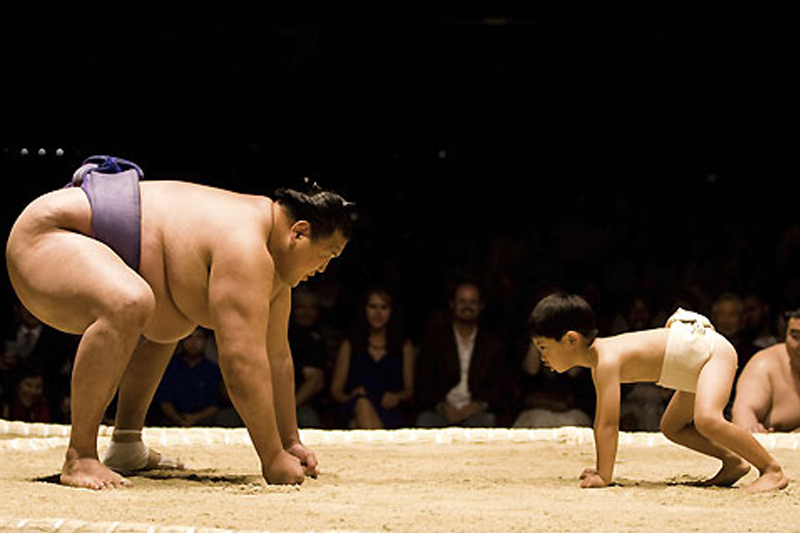
Reference: The “golden” targets for dirty blows are: groin, eyes, throat, ears, feet and ankles. Blows, grabs, breaks of these parts of the human body are especially destructive.
Nippon Kempo and dirty tricks
In Nippon Kempo, thanks to the protective equipment god , fights are carried out in full contact according to the principle: Ikken Hisatsu (Jap. 一拳必殺 Ikken Hisatsu) - literally translated as "Kill with one blow" , a more beautiful literary translation of Deathtouch. Therefore, in places protected by equipment - the head, chest, stomach - the fight is carried out in full contact. The equipment makes it possible not to restrain the force of the blow during the battle, when emotions go off scale and the level of adrenaline rises above the head, which means that it allows you to achieve perfection in your actions and achieve an ideal state of mind (shisay) for combat.
Only by feeling the “dirty” impact on oneself can one learn to defend against it.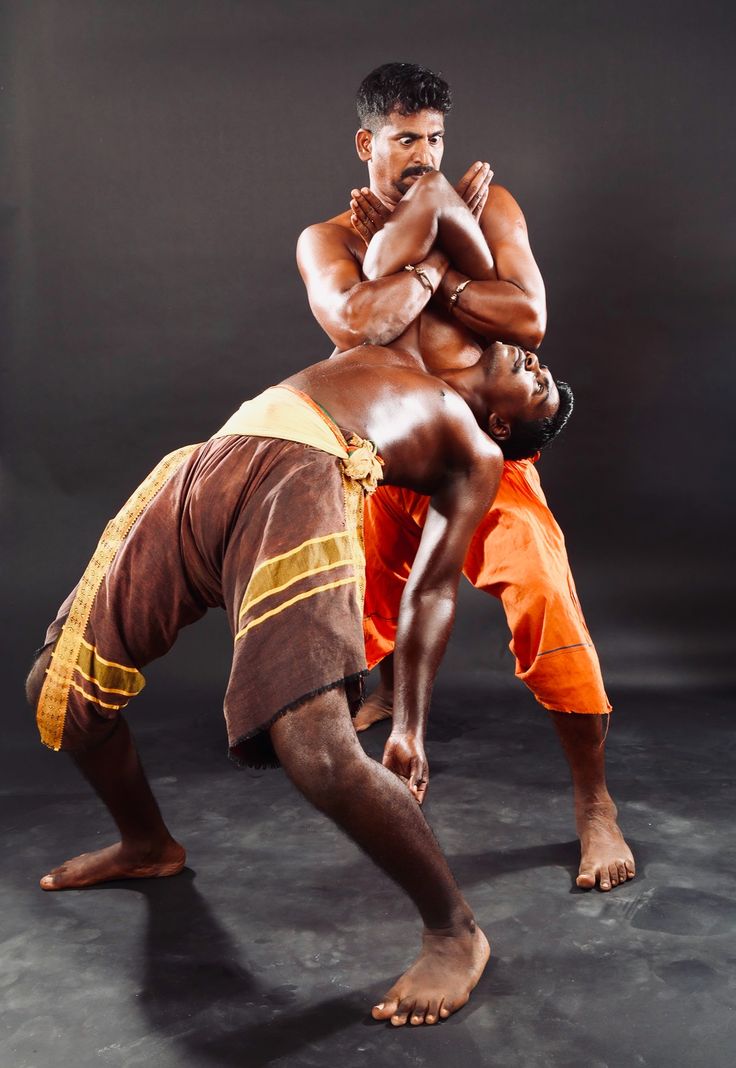
At the same time, a student in Nippon Kempo must be able to strike at places that are not protected by equipment, using the Sun dome (寸止め) method. Sun dome - stop the technical action directly in front of the target, 1-2 cm in front of the target. The philosophical meaning of the combination of ikken hisatsu and sun dome is that a person balances his abilities for absolute action with respect for someone else's life. Thus, a student of Nippon Kempo, while fighting an opponent, strives to show his strength, and on the other hand, tries to control his actions, which is expressed in a balance between action and respect. Using protective equipment, almost unlimited technique in full force and the principles described above, the student receives a serious weapon in his hands.
At our seminars, which can be attended free of charge every Sunday, we also consider dirty self-defense techniques it is necessary to turn it into a destructive dirty trick. The undercut can be done gently, or it can be done with a simultaneous knee strike to the thigh.And this is another cut. You can just push a person, and if you stand on your foot and push at the same time, then there will be an ankle rupture. Anatomy of a foot injury
You can throw on the back, or you can throw the opponent on the neck. Clean technique and dirty tricks are interrelated. It is impossible to learn one in isolation from the other if you really want to learn hand-to-hand combat.
In many other styles of hand-to-hand combat that do not use full contact, it is simply impossible to practice and practice really dirty tricks. Without practice, and having only theoretical ideas about dirty fighting methods, even a seemingly trained fighter will not be able not only to apply such a technique when necessary, but also to resist it. This is a serious problem with many styles of hand-to-hand combat. Conversely, a full contact practitioner can afford to repeatedly practice dirty tricks in constant sparring with partners and will have sufficient experience in applying and resisting them.

Posting rules here. Otherwise, we will definitely identify plagiarism and contact Google's DMCA.
Combat Techniques - Warrior Cats Omen of the Stars
Combat Techniques - Warrior Cats Omen of the Stars This subsection contains information about the combat techniques of Warrior Cats, taken from the book Tribal Secrets. Thanks to Light Star for scanning the book.Back to "Tribal Life"
HomeAmong the skills taught by the mentor of a squire, a special place is occupied by combat training. Warriors must be able to guard the borders and protect their tribe from the attack of neighbors or forest predators like foxes or badgers. Even healers must master the basic fighting techniques in order to take part if necessary in battle.
Rear impact
A technique that allows you to take the enemy by surprise.Calculate your distance carefully between themselves and the enemy. Transfer the weight of the body to the front paws and that is, force kick it with the hind legs.
Belly comb
Release your claws and properly slash the enemy on the soft belly. If you do everything right, he will be disabled for a long time.
Front paw strike
Frontal attack. With all your strength, bring down the front paw on the head of the enemy. Claws retracted!
Sliding kick with front paw
Frontal attack. Slash with the front paw along the body or across enemy muzzle. The claws are out.
Deadly bite
A killing move, silent and fast, is applied to the back of the neck. Many consider it dishonest. Used only in the most extreme cases.
Toe jump
An ideal technique when a small cat fights with an opponent taller than him.Jump on the enemy's back and grab it with your claws. Using this method, several squires, act together, can defeat a large and dangerous enemy.
Shake
With force, grab the enemy with your teeth by the scruff of the neck and shake until he has any desire to continue the fight will be gone. Great move for fighting rats which at the end of the battle can simply be thrown away.
Vertical throw
A devastating finishing move against a weakened opponent. Rise up on its hind legs and bring down the weight of your body on it. If the enemy decides to also, roll onto your side and try to bring him under you. This approach requires great strength and speed, since the enemy can hit you in the unprotected stomach.
Feign death
An excellent way out of a difficult situation, for example, if you were knocked over and pressed to the ground.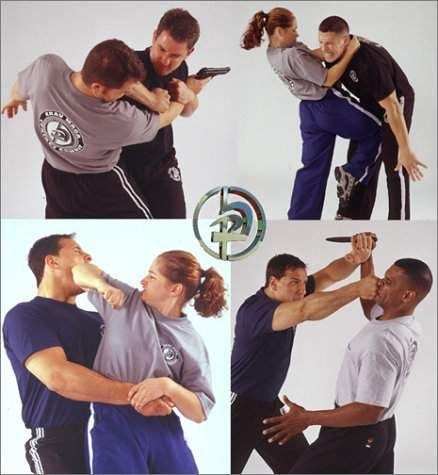
Stop resisting and relax your whole body. As soon as the enemy loosens his grip, jump up off the ground with a strong jerk, then toss him aside and take an attacking position.
Double fight
Warriors who are accustomed to train and fight together can take a defensive position. position, covering each other's backs and repelling the attack of enemies in front.
A fighting pair that strikes in a coordinated and unanimous manner, bounces synchronously, turning into an attack, represents a mortal danger for the enemy.
Stranglehold
It should be aimed at those places of the enemy, for which it is easy to cling - paws, tail, ears or scruff. Cling to them with your teeth, clench your jaws and do not let go.
In general, the technique resembles a jump with a hold, however, the claws remain free in it, which can be put to good use.